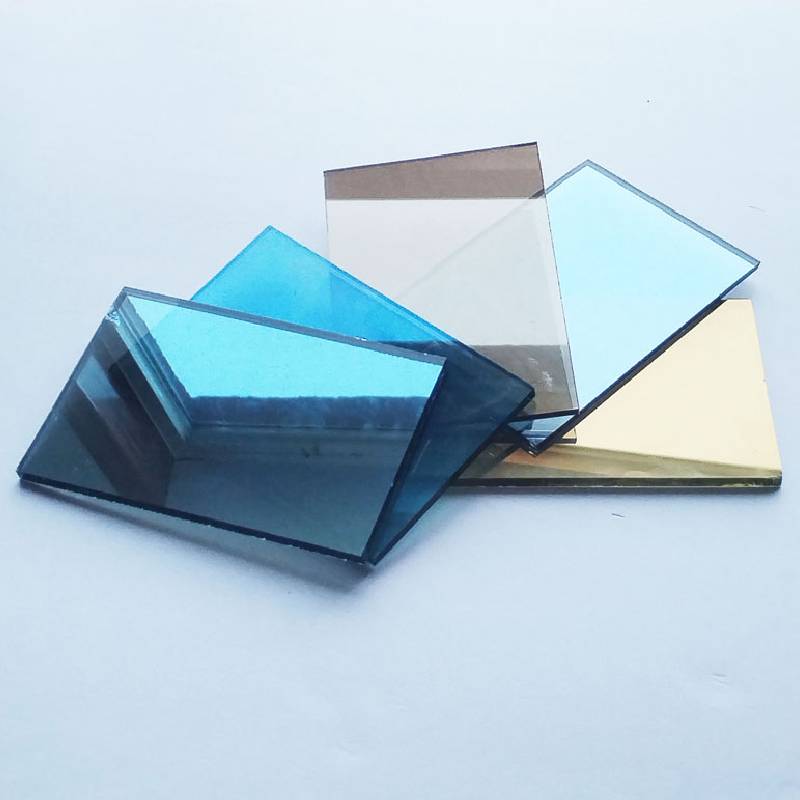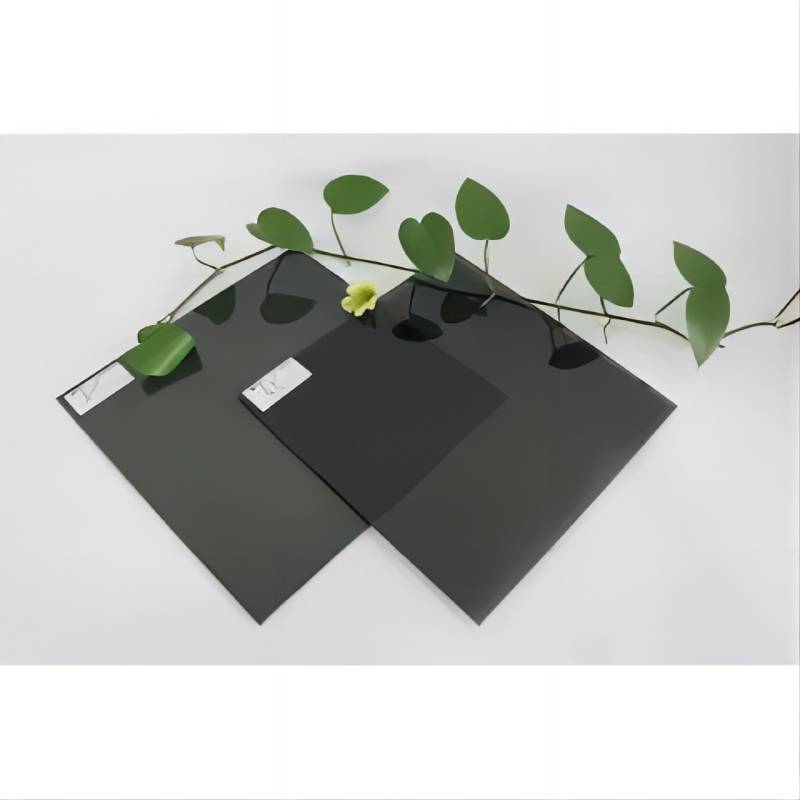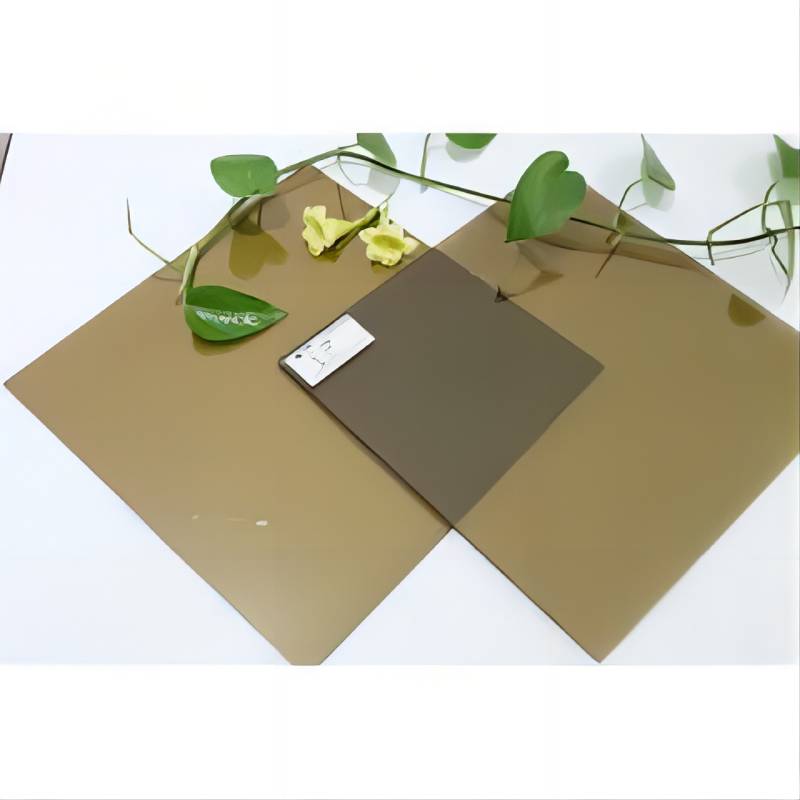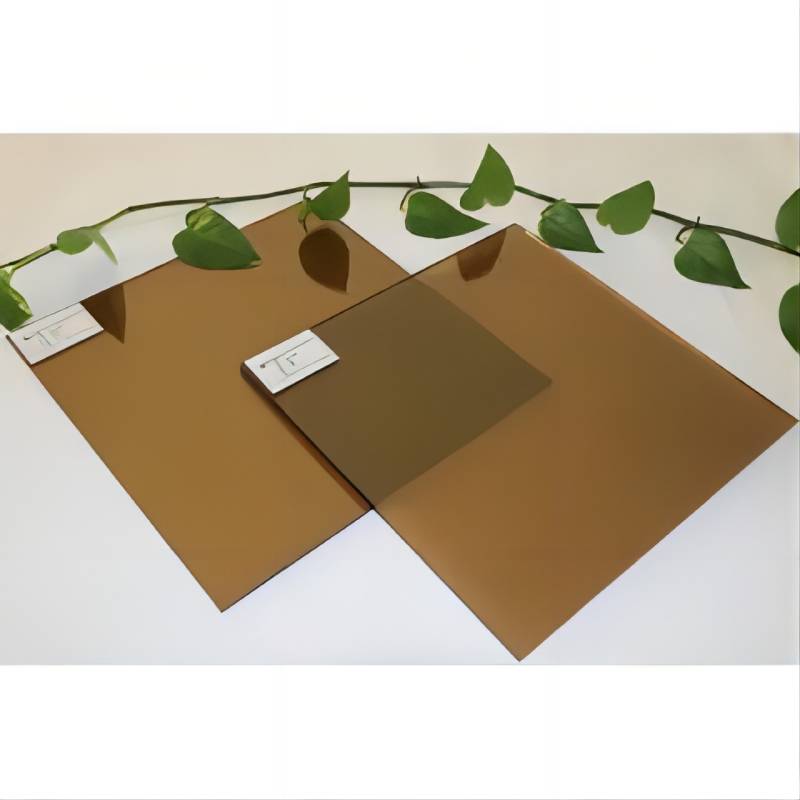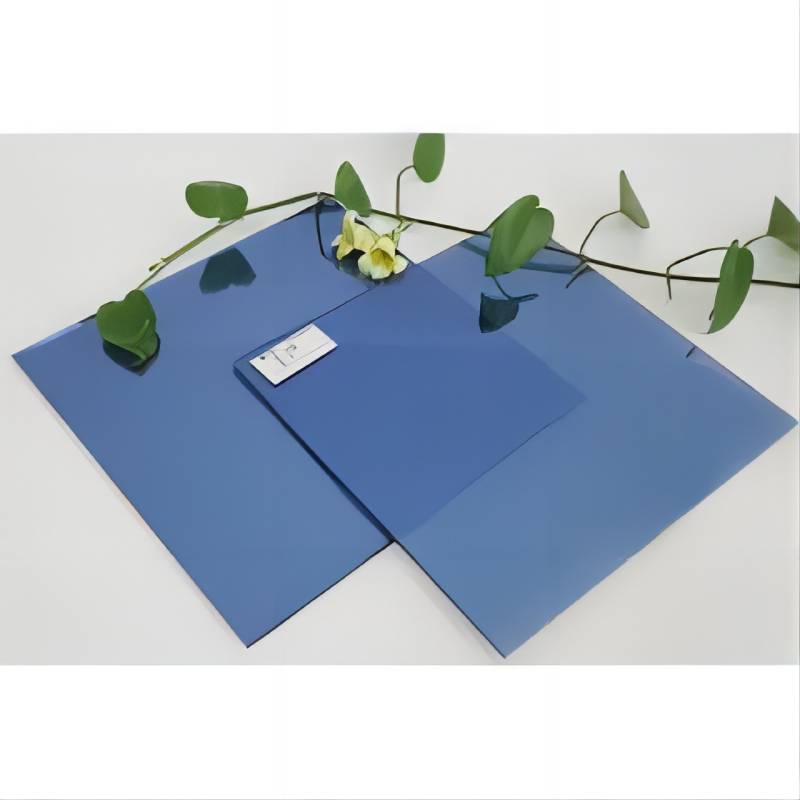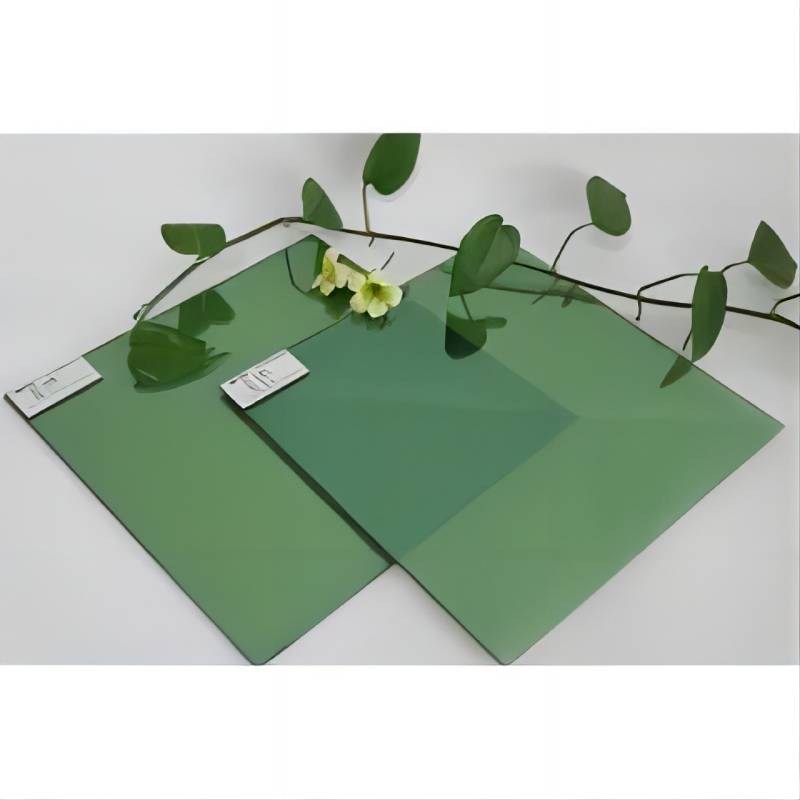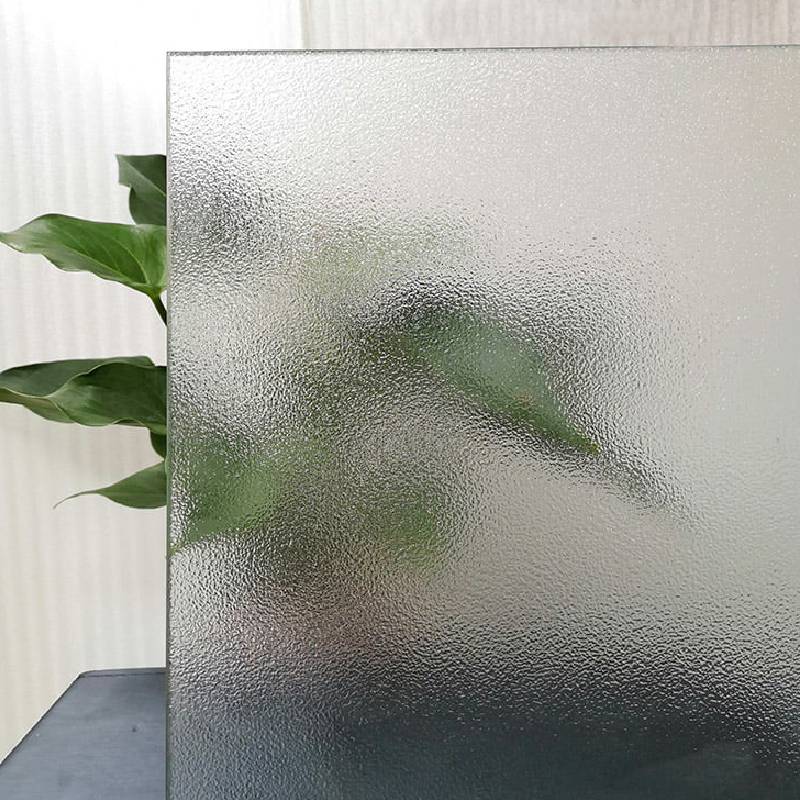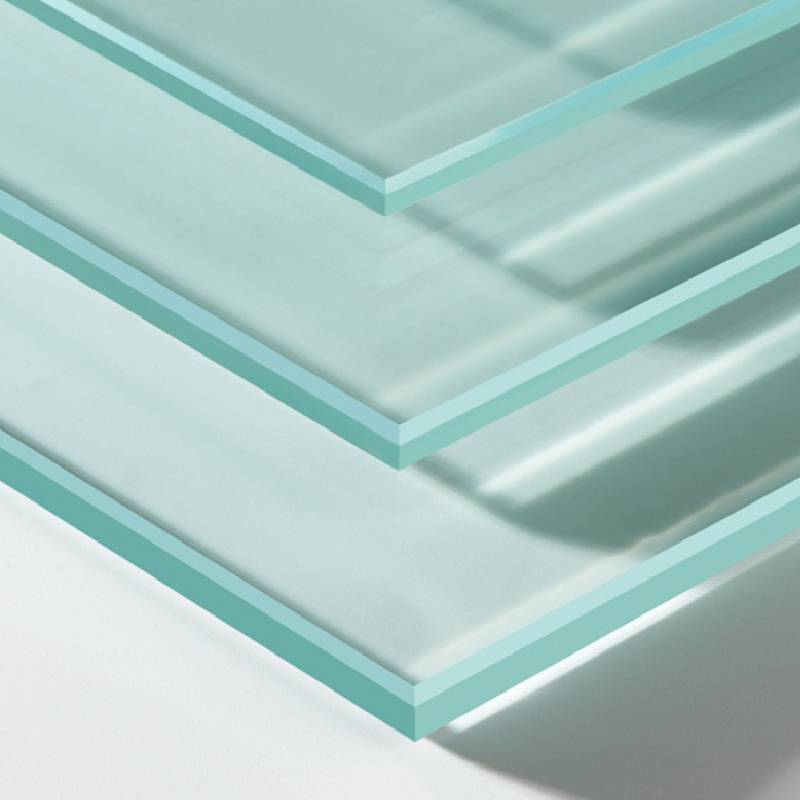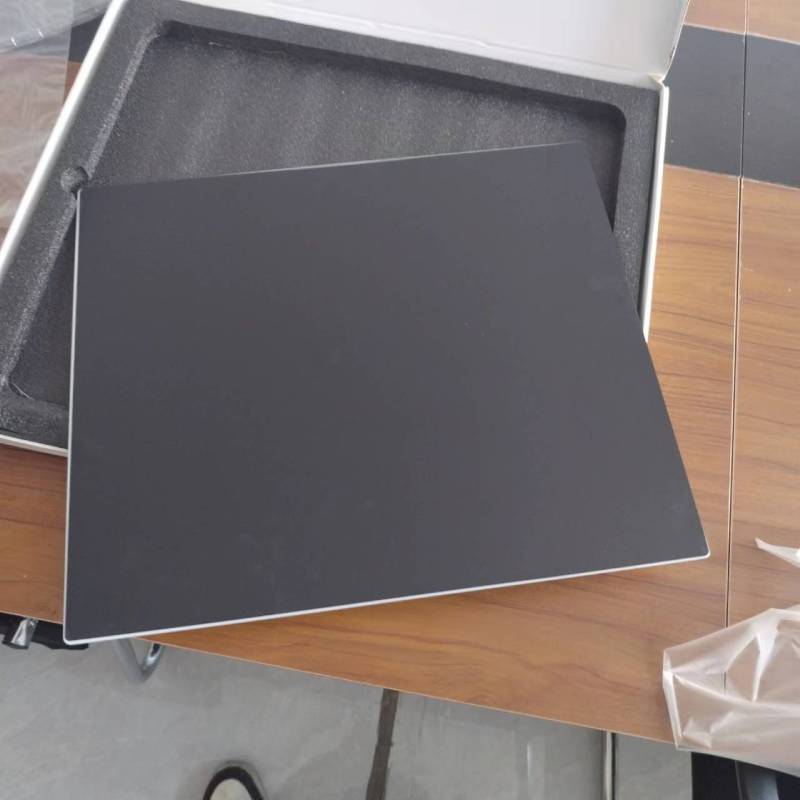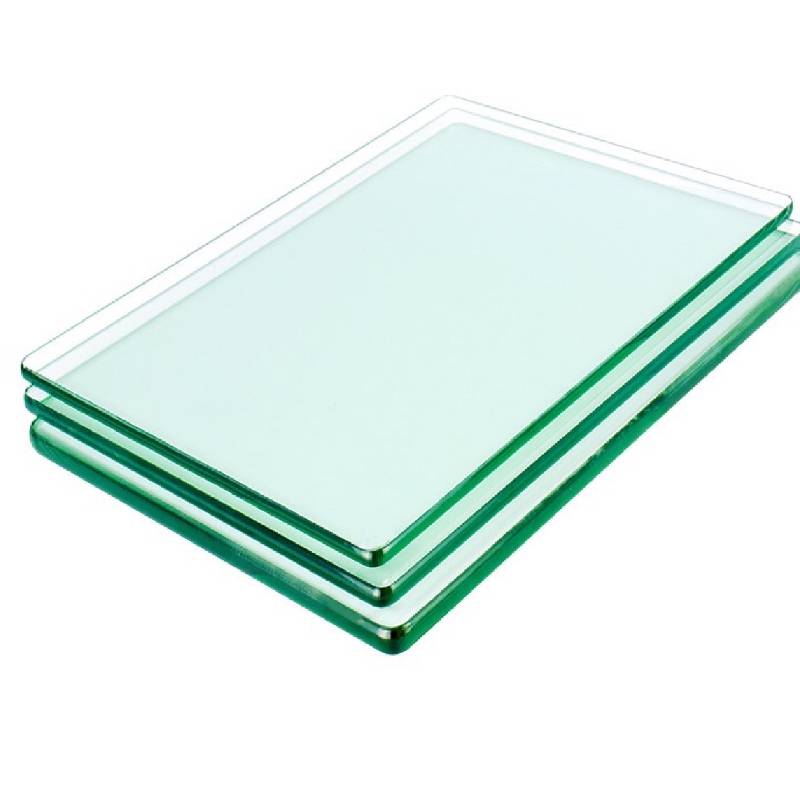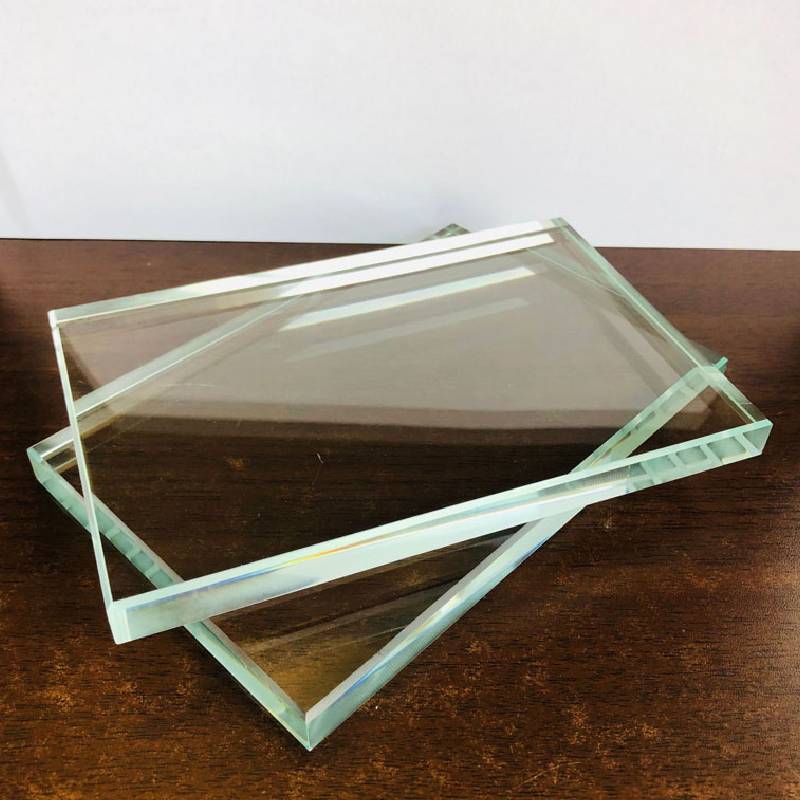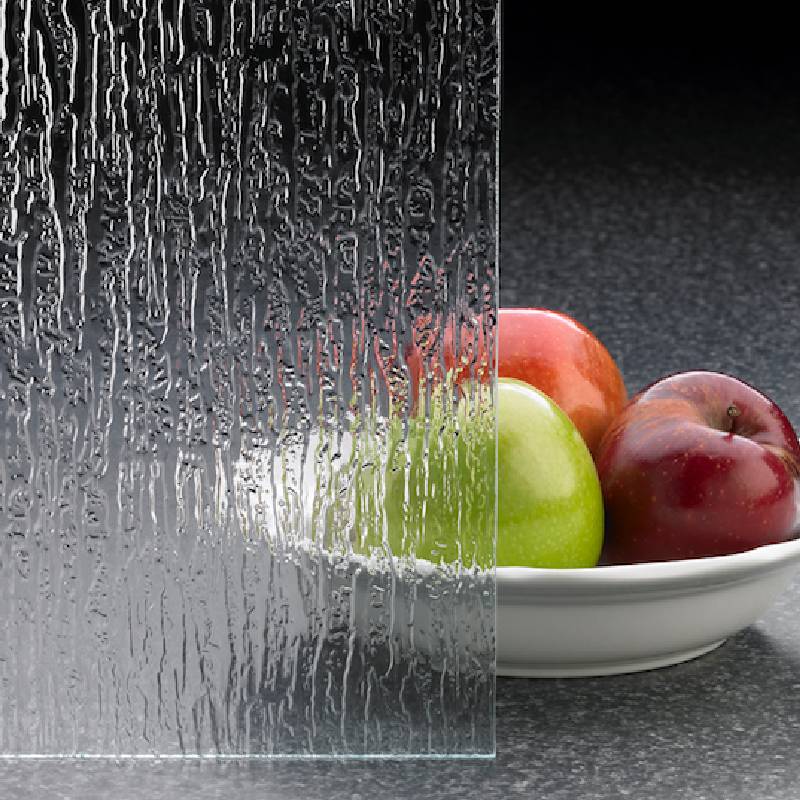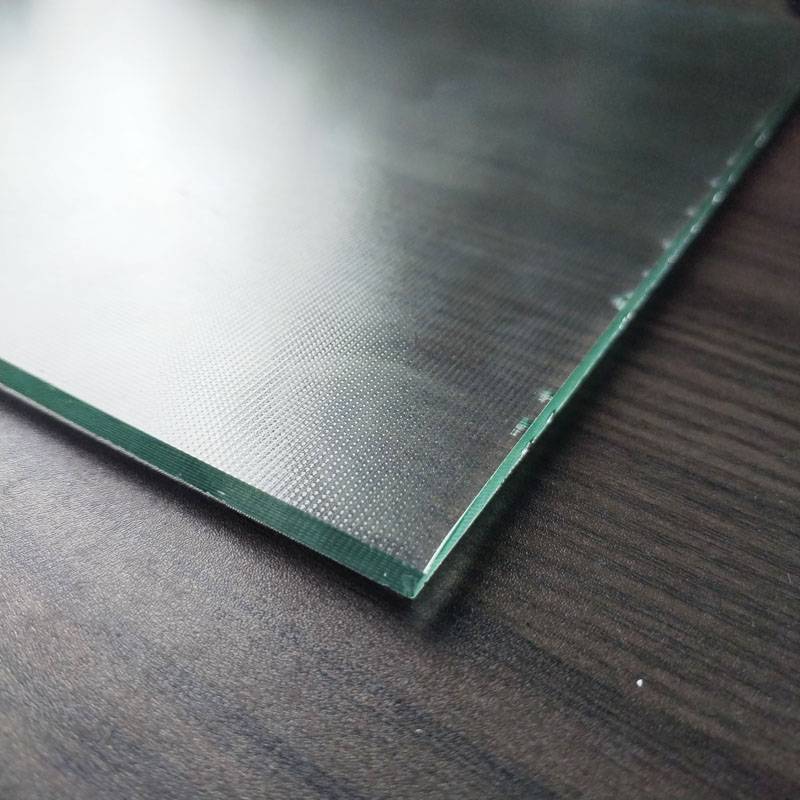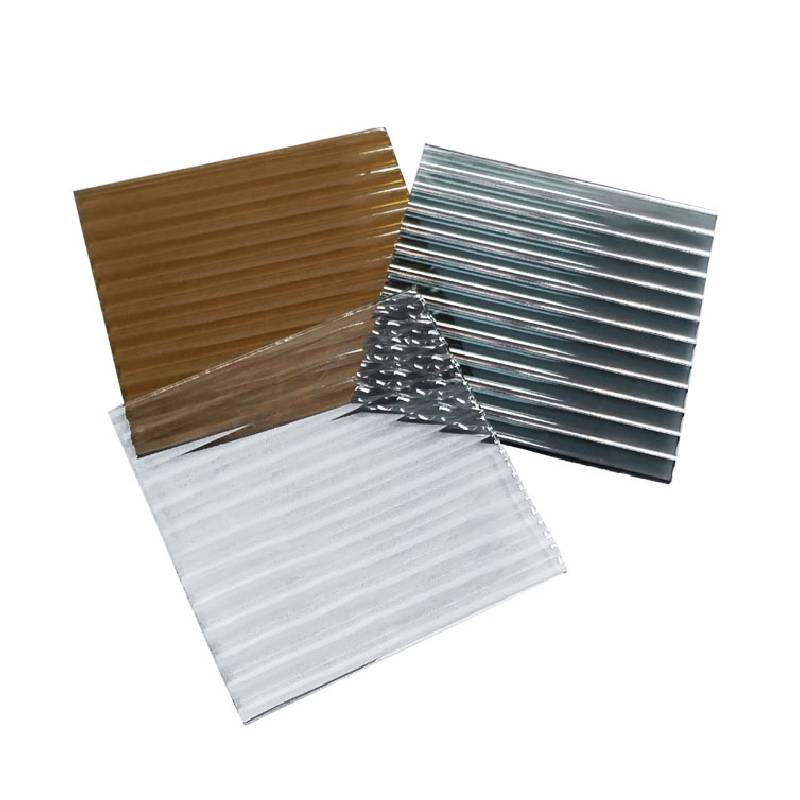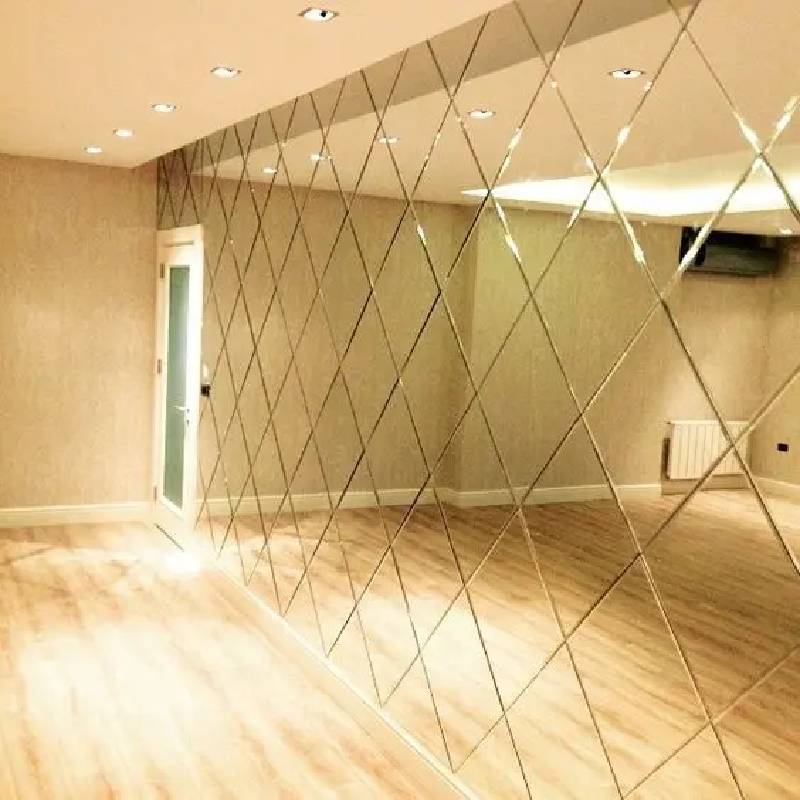Type: light blue reflective glass, dark blue reflective glass, light green reflective glass (French green reflective glass), dark green reflective glass (emerald green reflective glass), brown reflective glass, bronze reflective glass, European gray reflective glass, dark Gray reflective glass, black reflective glass, gold reflective glass, silver reflective glass,
Thickness: 4mm, 5mm, 6mm.
Size: 1830*2440, 2140*3300, 2140*3660, 2140*1650, 2250*3300, 2250*3660, 2440*3660.
Color reflective glass is manufactured through a process known as vacuum sputtering or magnetron sputtering. This method involves depositing metallic oxides onto the surface of clear or tinted glass in a vacuum chamber. By controlling the composition and thickness of these metallic coatings, manufacturers can achieve a wide range of colors and reflective properties.
During the sputtering process, the glass substrate is placed in a vacuum chamber along with targets made of the desired metal oxides, such as titanium, zinc, or silicon. High-voltage electrical currents are then applied to the targets, causing atoms to be ejected and deposited onto the glass surface. The thickness and composition of these coatings determine the color and reflective characteristics of the glass.
Several parameters play a crucial role in determining the performance and appearance of color reflective glass:
- Visible Light Transmission (VLT): VLT refers to the percentage of visible light that passes through the glass. Different applications may require varying levels of VLT to control glare and brightness indoors.
- Solar Reflectance: This parameter measures the ability of the glass to reflect solar radiation, helping to reduce heat gain and energy consumption in buildings.
-
- U-Value: The U-value indicates the rate of heat transfer through the glass. Low U-values signify better insulation properties, contributing to energy efficiency in buildings.
-
- Color Rendering Index (CRI): CRI measures the ability of a light source to accurately reveal the colors of objects compared to natural light. High CRI values are desirable for applications where color fidelity is important, such as museums or retail spaces.
-
Color reflective glass finds applications across various sectors, thanks to its aesthetic appeal and functional properties:
- Architectural Facades: Reflective glass facades add a contemporary touch to buildings while improving energy efficiency by reducing solar heat gain. The reflective surfaces also create dynamic visual effects, especially in urban landscapes.
- Interior Design: In interior spaces, color reflective glass can be used for partitions, doors, and decorative elements to enhance natural light distribution and create visually striking environments.
- Automotive Industry: Reflective glass coatings are utilized in automotive windows to improve visibility, reduce glare, and enhance the overall appearance of vehicles. Additionally, they help regulate interior temperatures, improving comfort for passengers.
- Electronics: Color reflective glass is integral to the production of display panels for electronic devices such as smartphones, tablets, and televisions. The reflective coatings enhance screen clarity and color vibrancy, providing an optimal viewing experience for users.
- Solar Panels: Some variants of color reflective glass are engineered for use in photovoltaic solar panels, where they serve as protective layers while also optimizing light absorption for electricity generation.
 afrikkalainen
afrikkalainen  albanialainen
albanialainen  amhara
amhara  arabialainen
arabialainen  armenialainen
armenialainen  Azerbaidžani
Azerbaidžani  baski
baski  valkovenäläinen
valkovenäläinen  bengali
bengali  bosnialainen
bosnialainen  bulgarialainen
bulgarialainen  katalaani
katalaani  Cebuano
Cebuano  Korsikalainen
Korsikalainen  kroatialainen
kroatialainen  Tšekki
Tšekki  Tanskan kieli
Tanskan kieli  Hollannin kieli
Hollannin kieli  Englanti
Englanti  esperanto
esperanto  Virolainen
Virolainen  Suomalainen
Suomalainen  Ranskan kieli
Ranskan kieli  friisi
friisi  Galicialainen
Galicialainen  Georgian
Georgian  Saksan kieli
Saksan kieli  kreikkalainen
kreikkalainen  gudžarati
gudžarati  Haitin kreoli
Haitin kreoli  hausa
hausa  havaijilainen
havaijilainen  heprealainen
heprealainen  Ei
Ei  Miao
Miao  Unkarin kieli
Unkarin kieli  islantilainen
islantilainen  igbo
igbo  Indonesialainen
Indonesialainen  irlantilainen
irlantilainen  italialainen
italialainen  japanilainen
japanilainen  jaavalainen
jaavalainen  kannada
kannada  kazakki
kazakki  khmerit
khmerit  Ruanda
Ruanda  Korealainen
Korealainen  kurdi
kurdi  Kirgisia
Kirgisia  TB
TB  Latina
Latina  Latvialainen
Latvialainen  liettualainen
liettualainen  luxemburgilainen
luxemburgilainen  makedonialainen
makedonialainen  Malgashi
Malgashi  malaiji
malaiji  malajalami
malajalami  maltalainen
maltalainen  maori
maori  marathi
marathi  mongolialainen
mongolialainen  Myanmar
Myanmar  Nepali
Nepali  Norjan kieli
Norjan kieli  Norjan kieli
Norjan kieli  Oksitaani
Oksitaani  pashto
pashto  persialainen
persialainen  Kiillottaa
Kiillottaa  Portugalin kieli
Portugalin kieli  Punjabi
Punjabi  romanialainen
romanialainen  Venäjän kieli
Venäjän kieli  samoalainen
samoalainen  Skotlannin gaeli
Skotlannin gaeli  serbia
serbia  Englanti
Englanti  Shona
Shona  Sindhi
Sindhi  sinhala
sinhala  Slovakian
Slovakian  slovenialainen
slovenialainen  somali
somali  Espanja
Espanja  sundalainen
sundalainen  swahili
swahili  Ruotsin kieli
Ruotsin kieli  Tagalog
Tagalog  tadžiki
tadžiki  tamili
tamili  tatari
tatari  telugu
telugu  thaimaalainen
thaimaalainen  turkkilainen
turkkilainen  Turkmenistan
Turkmenistan  ukrainalainen
ukrainalainen  urdu
urdu  uiguuri
uiguuri  uzbekki
uzbekki  vietnam
vietnam  Walesin
Walesin  auta
auta  jiddish
jiddish  joruba
joruba  zulu
zulu 

